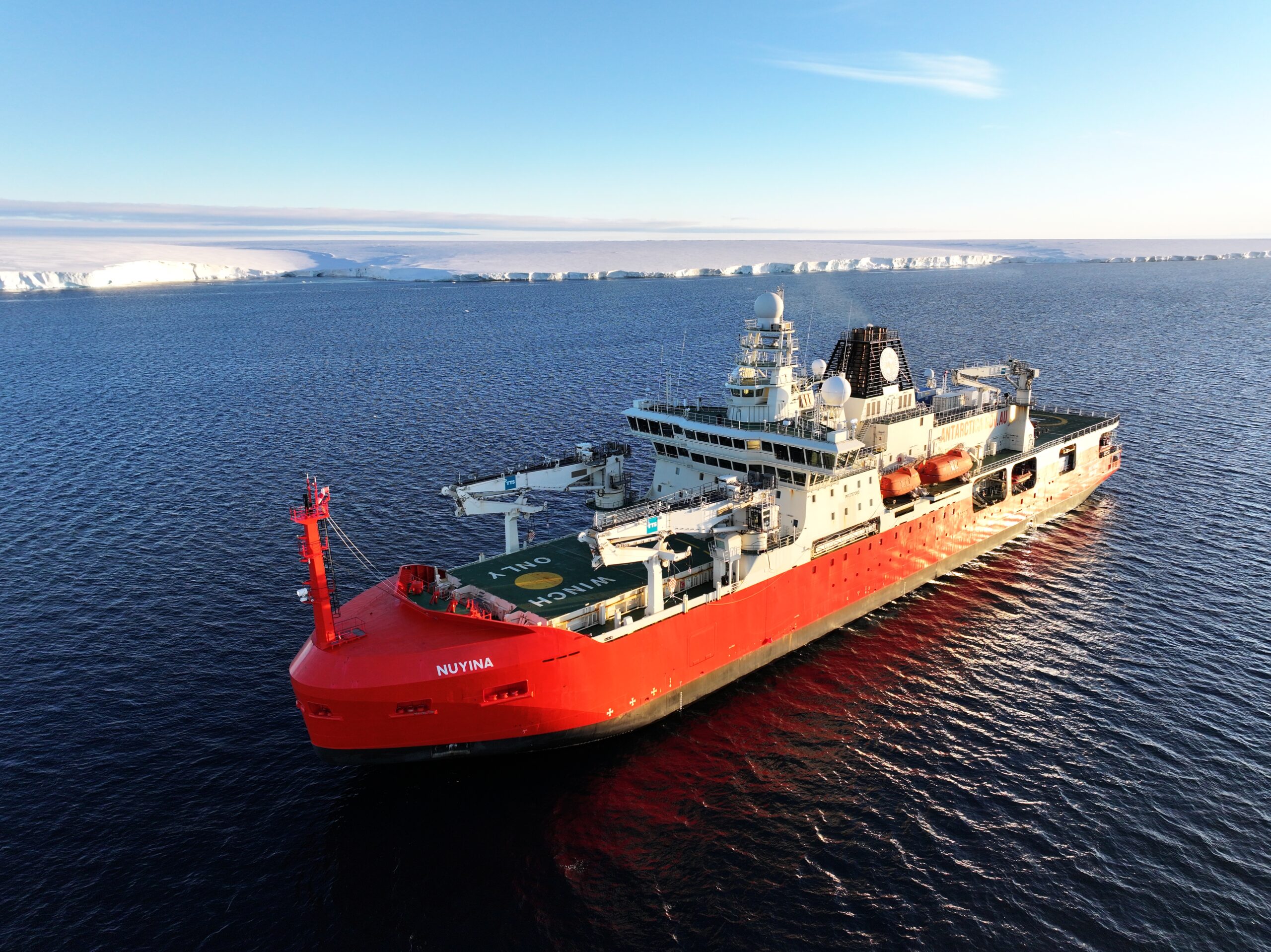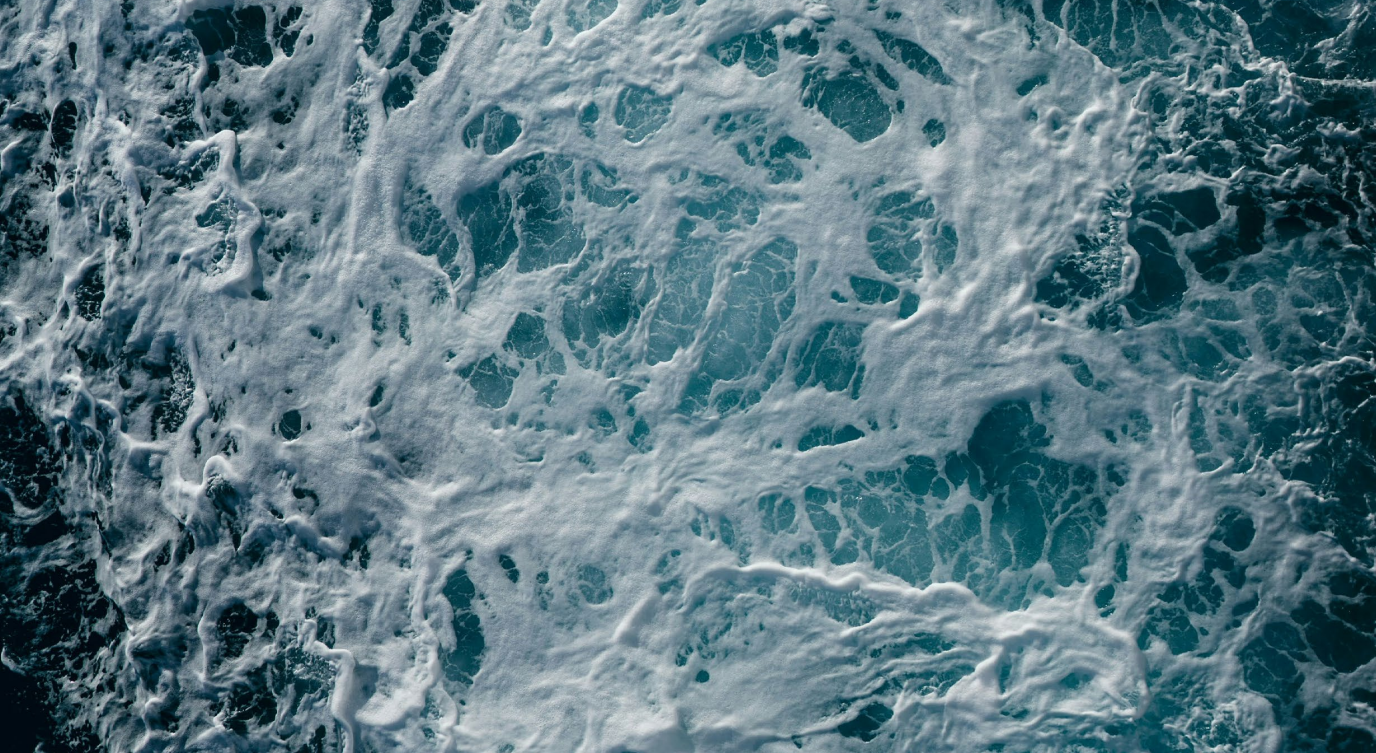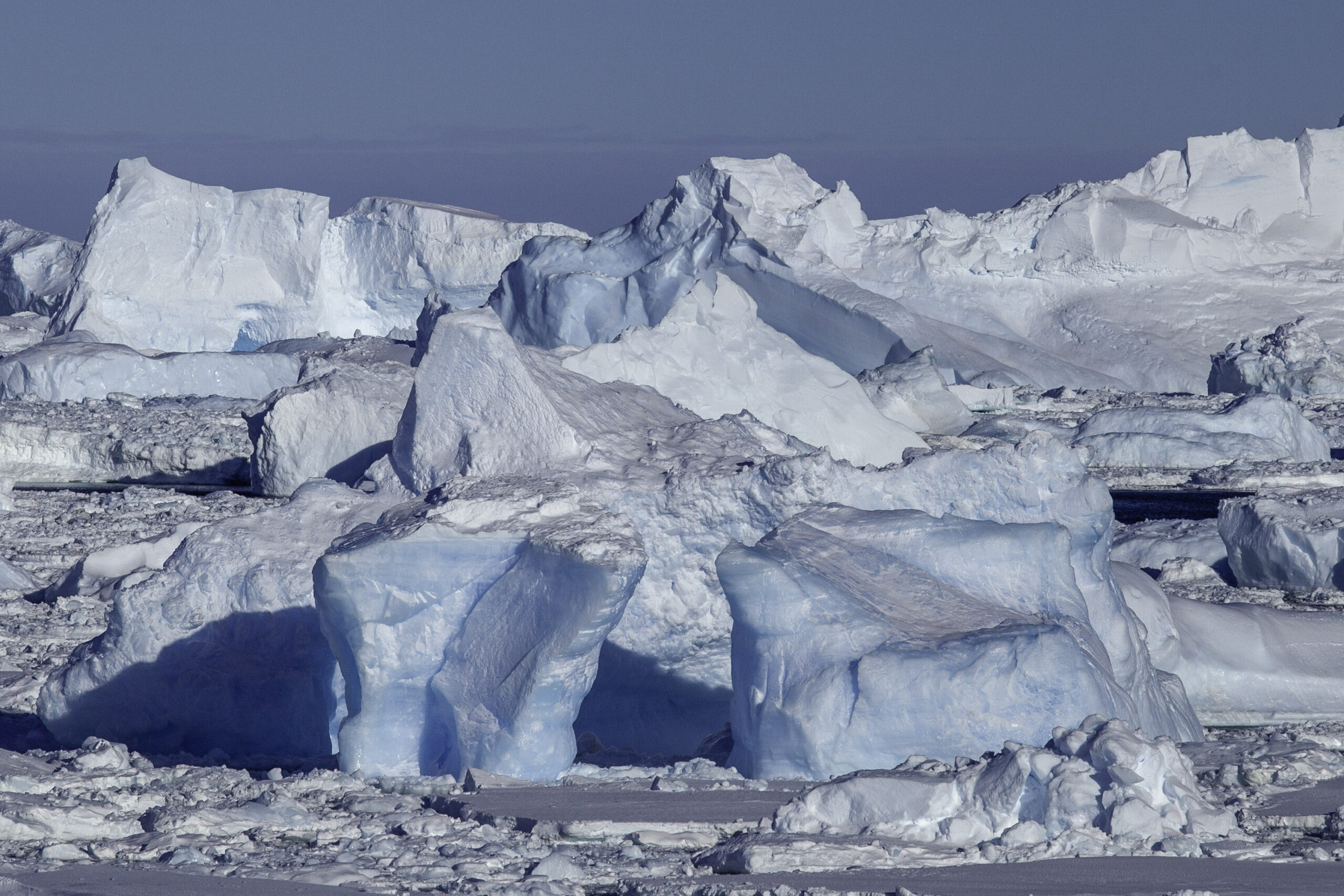Revealing the Underbelly: Antarctic Under-Ice Ocean
The Southern Ocean plays a vital role in regulating Earth’s climate, yet its icy depths have long remained shrouded in mystery.
Now, a groundbreaking study published in the Journal of Geophysical Research: Oceans (JGR Oceans) has provided a new observation-based dataset that sheds light on this hidden world, including during the hard-to-access winter months when the ocean is heavily covered by ice.
The study is led by ARC Australian Centre of Excellence in Antarctic Science (ACEAS) researcher Kaihe Yamazaki, who is based at the Institute for Marine and Antarctic Studies (IMAS) at the University of Tasmania – and colleagues, including from the Australian Antarctic Program Partnership (AAPP) and CSIRO.
By combining data from under-ice profiling floats and sensors carried by Antarctic seals, the study’s monthly climatology dataset offers crucial and unprecedented insights into the year-round oceanic conditions beneath Antarctic sea ice, the ocean’s frozen layer.
Historically, under-ice measurements in the Southern Ocean have been hindered by extensive sea ice, meaning knowledge of the long-term trends in Antarctic and Southern Ocean water masses has primarily been derived from summer data.
This barrier has posed a significant challenge for scientists, with the potential to lead to inaccurate climate and sea level predictions.
Using advanced mapping techniques that account for gaps in previously sparse observations, the new multi-purpose dataset reveals how changes in ocean water temperature and salinity throughout the year drive critical processes like sea ice production, water mass formation, and melting beneath glaciers.
“This new climatology excels at capturing previously elusive seasonal changes near the Antarctic coast, such as the warming and cooling of seawater under the ice, and the different pathways of ocean currents through the seasons,” said Dr Yamazaki.
“These findings not only deepen our understanding of Antarctic systems but will also help significantly improve the accuracy of global ocean models by providing a reliable ground truth.”
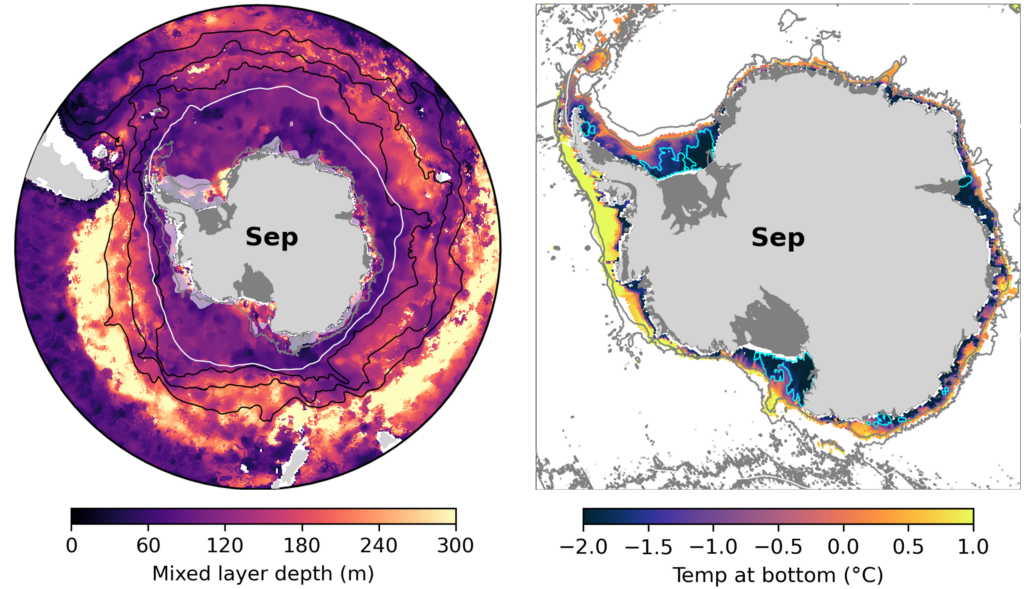
—
Dr Yamazaki said as well as a technical achievement, the breakthrough can also serve as a critical tool for addressing urgent climate challenges.
“The Southern Ocean is a key driver of global heat and carbon exchange with the atmosphere, and deciphering its intricacies is essential for predicting future climate scenarios,” he said.
“We also call for expanded under-ice observations and biologging in the Southern Ocean, to assist the scientific community in being able to provide a sharper understanding of how the frozen south interacts with our warming world.”
PAPER
Kaihe Yamazaki, Nathaniel L. Bindoff, Helen Elizabeth Phillips, Maxim Nikurashin, Laura Herraiz-Borreguero, Paul Spence. (2025). ‘Unlocking Southern Ocean Under-Ice Seasonality With a New Monthly Climatology.’ Journal of Geophysical Research: Oceans’. DOI: 10.1029/2024JC020920
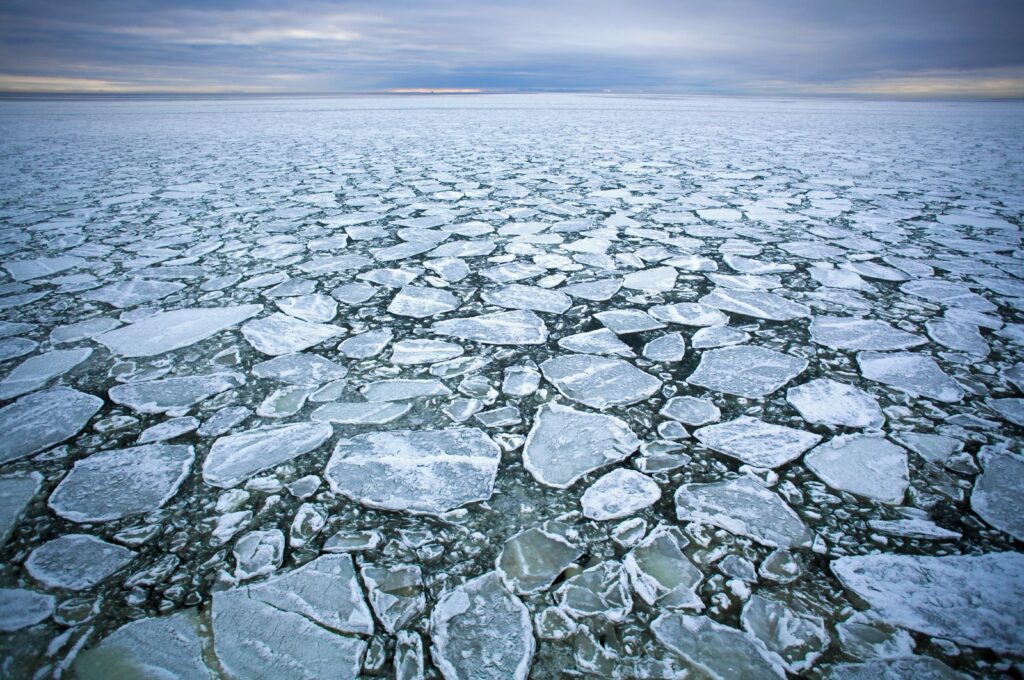
Caption: The study provides crucial and unprecedented insights into the year-round oceanic conditions beneath Antarctic sea ice, the ocean’s frozen layer.
